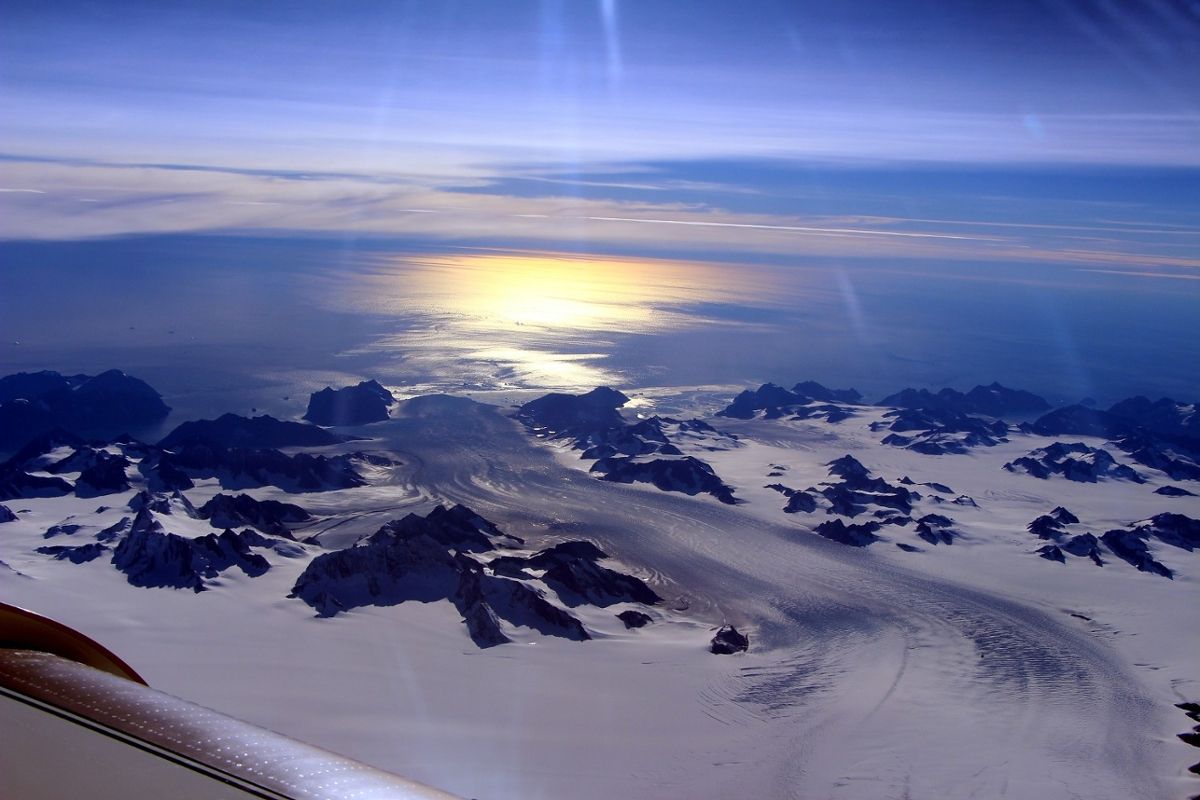In 1966 in the depths of the cold war, the United States Army established a base called Camp Century on the Greenland ice sheet. In public, it was called a scientific research outpost. In secret, the Army was there to investigate the possibility of hiding nuclear missiles under the ice near the Soviet Union.
The missile project was abandoned, but Army researchers did manage to drill through the mile-thick ice sheet and retrieve a core sample of sediment from underneath. The sample contained geological evidence of the past few million years of the ice sheet’s history. It was never analyzed and sat in a freezer for decades.
In 2021 an international team of Earth science researchers finally published an analysis of the long-lost sample. In the intervening decades, the Greenland ice sheet has gained new importance. Due to human-caused global climate change, it’s melting. The enormous ice sheet covers seven times the area of Great Britain, and is up to two miles thick. The melting could make it the biggest single contributor to rising sea levels and coastal flooding which could impact millions in this century.
To predict its future behavior, Earth scientists now consider it critically important to learn more about its past, which explains the new interest in the Camp Century sample. To their surprise, the researchers found that the sediments contain the fossil remains of plants. This shows that much of Greenland must have been free of ice and covered with vegetation sometime within the last million years. This is evidence that the Greenland ice sheet is more sensitive to a warming climate than previously thought. If it melts again, global sea levels could rise twenty feet.










